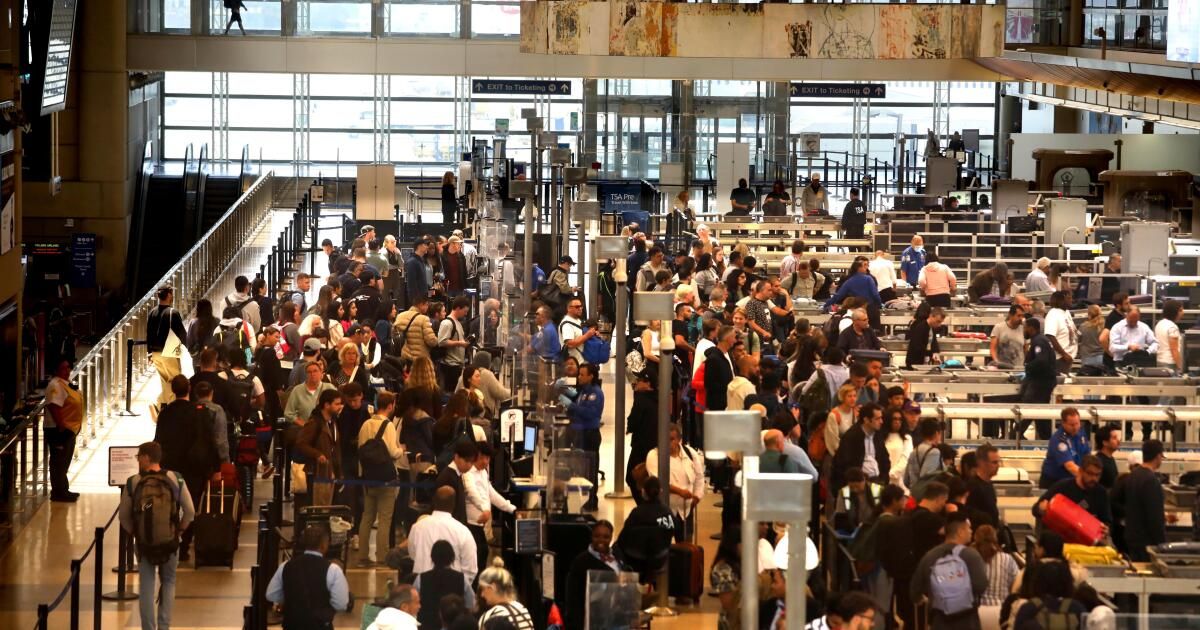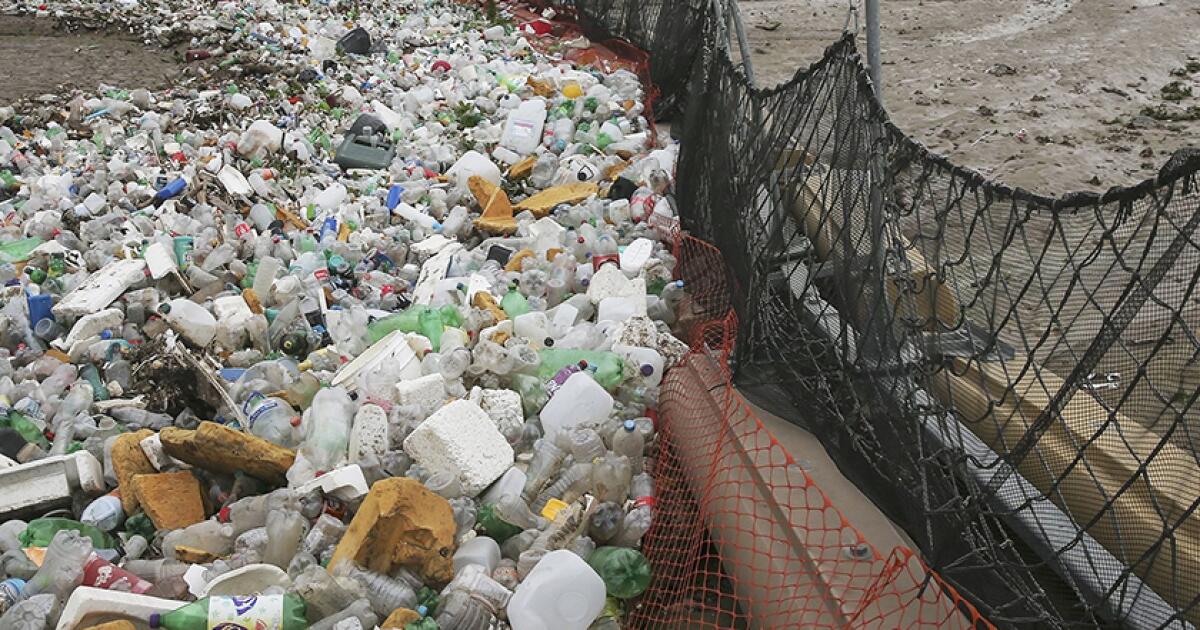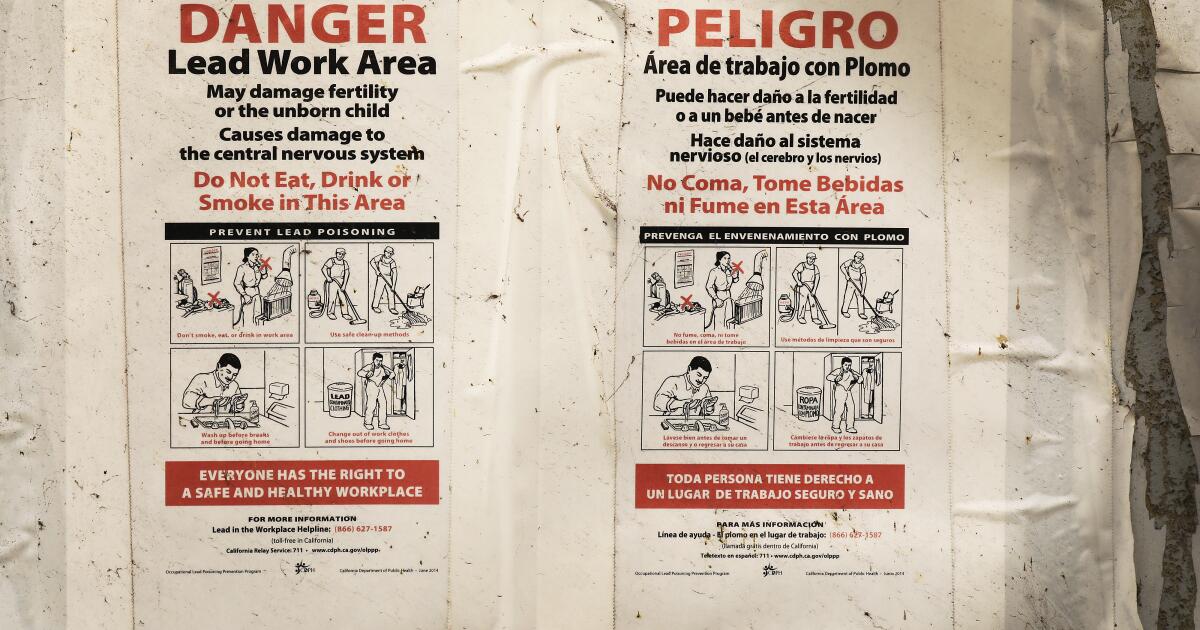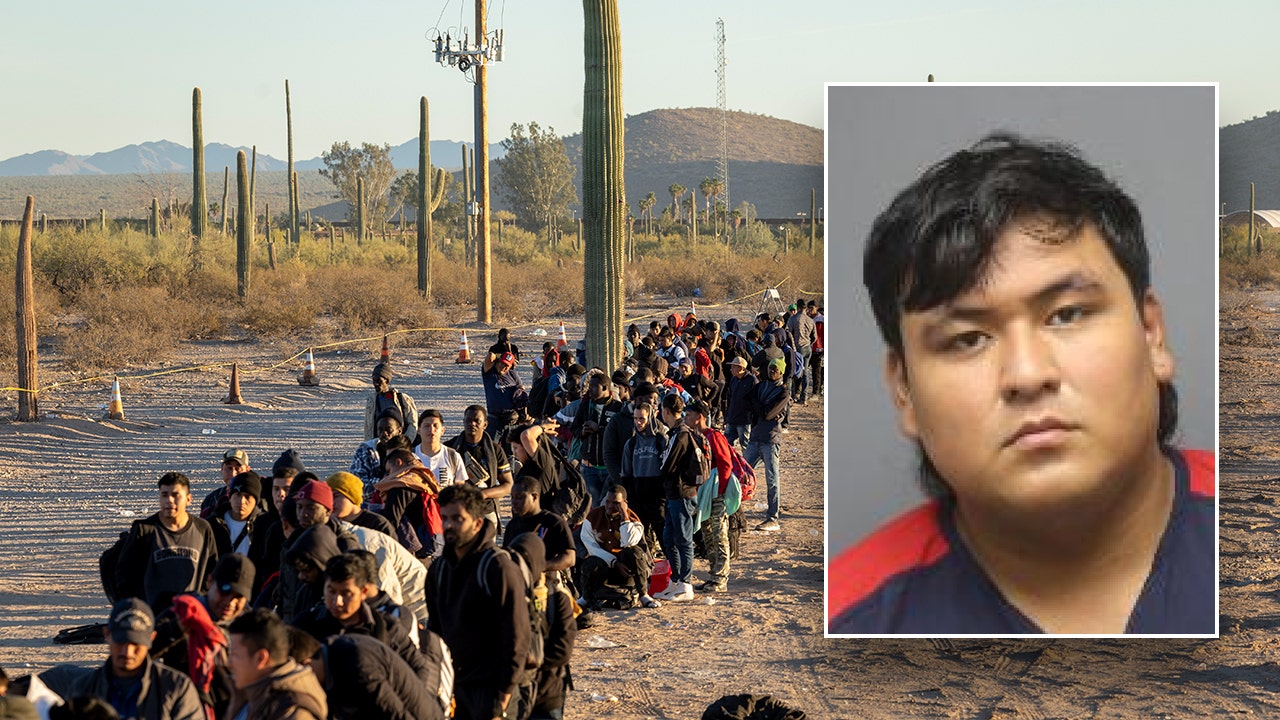As the new FLiRT family of coronavirus subvariants takes hold, early signs point to a summer surge in cases.
So how bad could it get?
So far, experts are cautiously optimistic, saying the numbers are within expectations and there are currently no signs of red flags.
But the new variants are a reminder that the coronavirus remains a major health risk for some, even as much of the world has tried to overcome the pandemic. While California's COVID numbers look relatively good, officials say the increase in FLiRT shows the need to remain vigilant with basic safety measures.
“For most people, it's no big deal. But for some people, it's a big problem,” said Dr. Peter Chin-Hong, an infectious disease specialist at the University of California, San Francisco, speaking of COVID-19. “I am always cautious with older people, especially when their immunity decreases and there are more cases.”
And COVID can also cause life-altering symptoms in younger adults.
“COVID is not a normal flu or cold,” said Dr. Elizabeth Hudson, regional chief of infectious diseases at Kaiser Permanente Southern California. “It can have long-lasting effects, with long COVID symptoms, which makes it very different from other viruses we encounter,” and she adds that people in their 30s and 40s appear to be more likely to get long COVID.
As for the new subvariants, experts generally believe they are more contagious than previous strains, which explains why they are displacing the dominant winter JN.1.
And unlike the annual fall/winter cold and flu season, COVID has come with two peaks each year, including one in the summer.
COVID surges in California last summer and winter were still large enough to cause significant disruption, including outbreaks at schools, sports teams and Hollywood studios, while some companies saw increased numbers of workers calling in sick. .
And the risk may still be serious for older or immunocompromised people. COVID-19 continues to kill people at a higher rate than the flu, with more than 43,000 deaths reported since October 1, compared to the 25,000 estimated for the flu. According to CDC data from February, more than 95% of those hospitalized with COVID-19 had not received the updated vaccine, which was introduced in September.
But for COVID-19 to become a health problem again, there would have to be a clear change in hospitalizations and deaths. COVID deaths have continued to decline: During the 12-month period ending in early spring, there were about 66,000 deaths nationally, half as many as in the previous comparable period.
And that's significantly less than the previous year, when there were 438,000 COVID-19 deaths between spring 2021 and winter 2021-22. There were 554,000 deaths in the year of the pandemic that began in spring 2020.
But even with fewer deaths there can be a large number of infections, which may not be serious enough to require hospitalization but can still cause wide-ranging disruptions to daily life, from canceled vacations and interrupted weddings to worker shortages due to to diseases.
Those who fall ill may still suffer the discomfort of being seriously ill for weeks.
Hudson said he is seeing the majority of new COVID-19 cases among outpatients, rather than those who need hospitalization.
It's still unclear how serious a COVID surge this summer could be. But there are signs of an earlier-than-normal start to the summer COVID season.
The California Department of Public Health has noted that the rate of positive COVID tests has slowly increased over the past month. During the seven-day period ending Monday, 4.8% of coronavirus tests came back positive in California; A month ago, the rate was 1.9%. Last summer's peak was 12.8%, at the end of August.
The agency also noted that viral levels in wastewater have suggested increases in several regions of the state. Virus levels in wastewater from most of Northern California's most populous county, Santa Clara County, are now considered “high” for the first time since winter.
An increase in COVID cases also continues in Los Angeles County. On Thursday, the Los Angeles County Department of Public Health said it saw between 93 and 100 coronavirus cases per day during the week ending May 22, the most recent data available. There were 60 to 80 new cases per day between March 25 and May 9. The counts reflect tests performed at medical facilities and do not include home tests or people who do not get tested.
“It is still too early to say whether this small increase in recent weeks will become a sustained rebound, as case counts are low and daily trends vary,” the Department of Health said in a statement to the Times.
For the week ending May 18, the most recent period for which data was available, coronavirus levels in Los Angeles County wastewater were at 11% of last winter's peak, down from 9%. The last week.
Because most of the increase in COVID cases is not among hospitalized people, “this is good news because it means we have the capacity to care for other patients in our hospitals,” Hudson said. “The majority of these outpatient cases present with the usual cough and cold symptoms, so it is important for everyone to get tested if they develop these types of symptoms.”
By July 4, we may have a better idea of how bad this summer could be, he said.
“So far, we're not seeing signs of a larger wave,” Hudson said. “In past years, summer waves of COVID tended to peak around the Fourth of July, so we have a few weeks until we know for sure what this wave will look like in its entirety.”
While COVID levels in California wastewater decreased over the past two summers, they actually increased between the winter of 2022-23 and last winter, thanks to a particularly contagious variant.
The wastewater data suggested that last winter's COVID wave, in terms of virus levels in California wastewater, was the worst since the first Omicron wave began in the fall of 2021.
Los Angeles County, however, bucked that trend. Coronavirus levels in wastewater last winter were lower than the previous season.
“Whether or not COVID cases continue to decline this summer compared to 2023 will depend on multiple factors, including variant transmissibility, preexisting immunity, and vaccination coverage,” the Los Angeles County Department of Public Health said in a statement. communicated to The Times.
It is especially important for the elderly and immunocompromised people to receive at least one dose of the COVID-19 vaccine since the formula was last updated in September, Chin-Hong said.
The U.S. Centers for Disease Control and Prevention says everyone 6 months and older should have received at least one updated vaccine since September, and two shots for people 65 and older by that they are four months away from receiving their first updated dose.












